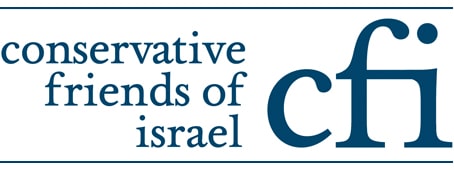 As the deadline for world powers to reach a nuclear deal with Iran looms at the end of this month, the latest report by the International Atomic Energy Agency (IAEA) has stated that Tehran’s stockpile of nuclear fuel increased about 20% over the last 18 months of negotiations.
As the deadline for world powers to reach a nuclear deal with Iran looms at the end of this month, the latest report by the International Atomic Energy Agency (IAEA) has stated that Tehran’s stockpile of nuclear fuel increased about 20% over the last 18 months of negotiations.
The news has undermined US President Barack Obama’s contention that Iran’s nuclear programme had been “frozen” during the period, and Western nuclear experts and officials are unable to explain how the 20% increase has occurred.
It has been speculated that the Iranian regime is increasing its stockpile to give it an edge if the negotiations fail.
The report puts into question how the material would be reduced in the event of a deal being signed. A major element of the impending deal, permits Iran to maintain a stockpile of only 300 kilograms of nuclear fuel, less than would be needed to make a single weapon. This means that Iran would have rid itself of more than nine tonnes of its stockpile in the space of months.
In April 2015, the P5+1 and Iran announced the proposed parameters of a future comprehensive nuclear deal determining limits on Iran’s nuclear programme to be negotiated and signed before June 30th 2015. However, both sides have since disagreed on fundamental issues, including Iran’s use of advanced centrifuges, the pace of sanctions relief, and provisions for inspections by the International Atomic Energy Agency.

